Selling the Complete Serpentine Belt Job
Technicians and customers have pretty much accepted that the accessory serpentine drive belt should be replaced between 90,000 to 100,000 miles. It is a “slam dunk” sale to just replace the belt, but does that replacement belt have the same chance to survive the same mileage? Chances are in the next 90,000 to 100,000 miles
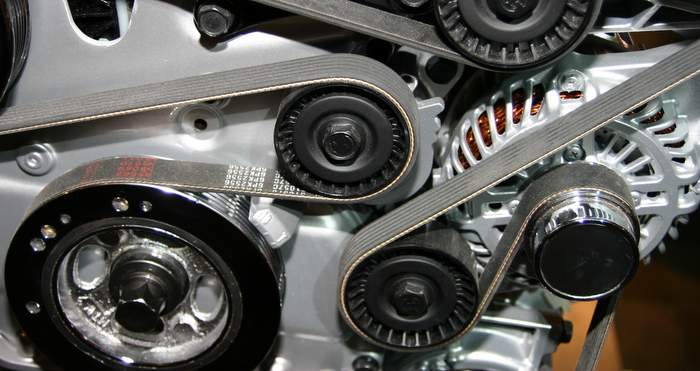
Gasket Guide: Match A Sealant With Every Type of Gasket
Cork/Composite Gaskets Sealants: Cork and composite gaskets can seal a variety of underhood applications from valve covers to carburetors. The type of sealant used with these gaskets depends on a variety of factors. First, you must consider if the gasket needs to remain flexible. Second, you need to consider the temperatures the sealant will have
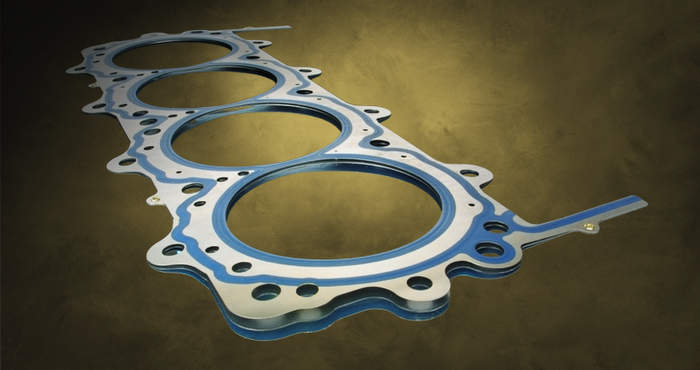
Oil-Related Engine Codes for VVT Engines
Variable valve timing is becoming a standard system on most late-model engines because it offers higher performance from a smaller displacement engine at higher rpms. Oil plays a larger role in VVT systems. They need engine oil not only for lubrication, but also to actuate the camshafts to change the profile of the lobes. Oil
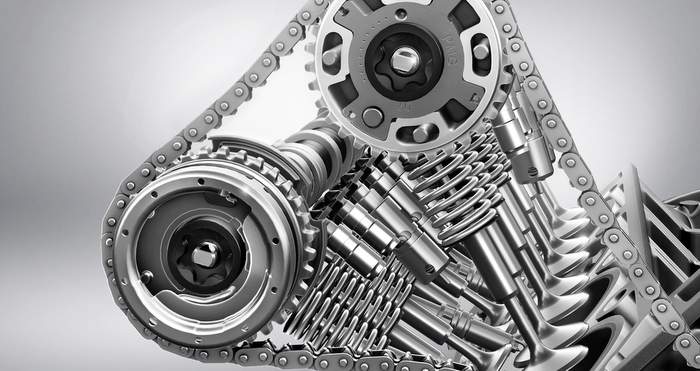
Harmonic Dampeners: Why They Fail, What to Look For
Every time a cylinder fires, the crankshaft speeds up a very small amount for a short period of time. It is then slowed down as the next cylinder in the firing order compresses air and fuel for the next combustion event. The speeding up and slowing down of the crankshaft produces torsional vibration or twisting
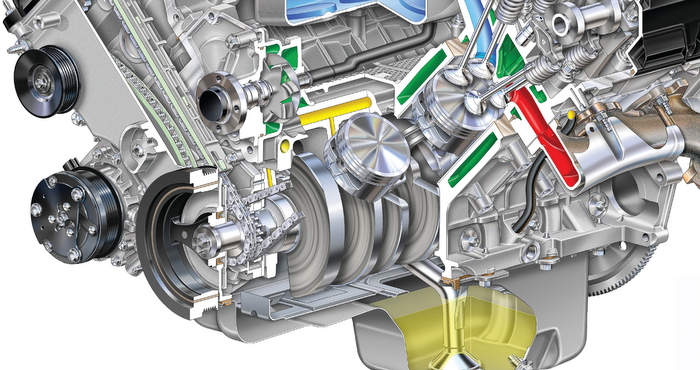
Chemical Gasketing: Cleaning the Surface
Service technicians can now use chemical gaskets where OEs had originally used formed-in-place or pre-cut gaskets during vehicle assembly. In addition to complying with OE specs, chemical gaskets are in many instances application specific, which makes their use more effective. Cleaning the Surface Perhaps the single most important step in assuring success with any type
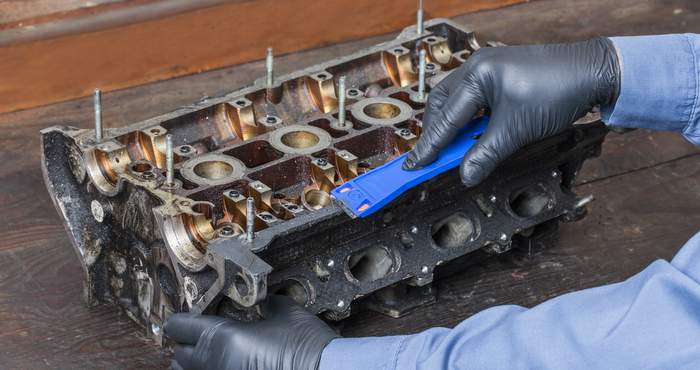
Improving the Head Gaskets, Fasteners Relationship
The relationship between head gaskets and head bolts is an intimate one. The clamping load applied by the head bolts is what allows the head gasket to maintain its seal. For this marriage to last, there has to be constant tension – not too much, otherwise the bolts may stretch or break, and not too
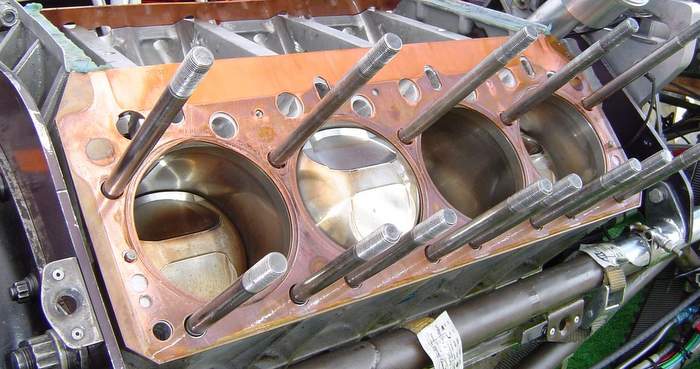
Gasket Q&A: Removal tips and more
Question: When replacing a gaskets on an engine, do I just scrape or peel off the old gaskets, or do I have to do something else? Answer: Removing gaskets used to be a fairly simple procedure. Most engines used to have cast iron blocks and heads, with iron manifolds and stamped steel covers. Iron castings
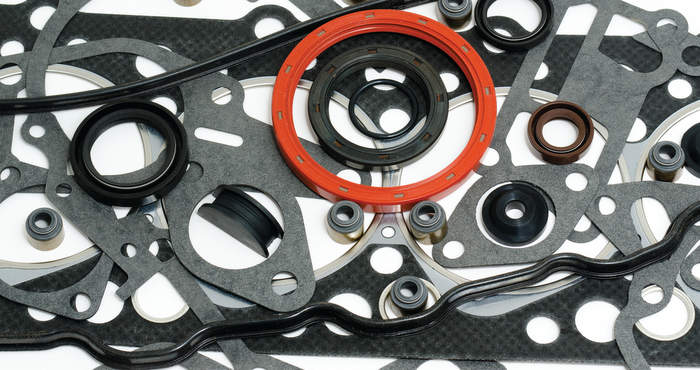
Intake Manifold Gaskets: A Service Rundown
Back in the days when most
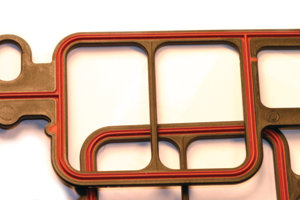
Diagnosing Variable Valve Timing
Fully variable valve timing can be achieved only by using computer-operated solenoids to precisely control the intake and exhaust valve opening and closing events. Although the various combinations of valve timing events are theoretically infinite on an electronically controlled system, their applications are limited due to issues of cost and, in some cases, reliability.
ASE A1 Test Prep: Cylinder Heads and Gaskets
Passing the ASE A1 can be difficult. Do not go into this test with the notion that this is an exam for engine rebuilders. Many of the tasks in the A1 task list are required every day at a general repair shop for top-end engine repairs. Here are some tips.
Mazda’s SKYACTIV Technology
Mazda has been making big waves in the automotive world with its SKYACTIV technology. Introduced in 2011 in the Japanese market, Mazda’s ultra high-compression, direct injection gasoline engines are achieving fuel economy numbers that rival many hybrids – and at much less cost. These engines include the SKYACTIV-G 1.3L engine in the 2012 Mazda 2, the 2.0L in the 2012 Mazda 3 and 2013 CX-5, and the 2.0L and 2.5L engines in the 2014 Mazda 6 and CX-5.
Head Gasket Q & A
One reason head gaskets fail is because of engine overheating. If the engine gets too hot, the cylinder head can swell to the point where it crushes the head gasket (usually between the cylinders because this is the thinnest point). The extruded material and/or cracked combustion armor then provides a leak path for coolant and/or combustion gases.
